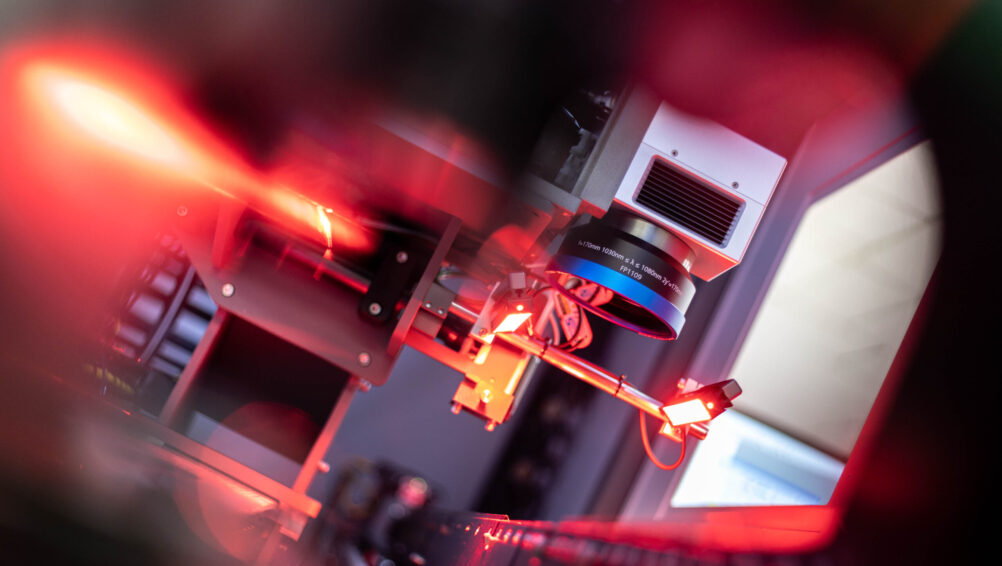Lasers are an incredible technology being used in almost every industry for creating the products people use around the world. Laser cleaning is becoming a popular method for removing thin layers of rust and grime on many types of surfaces. Cleaning surfaces with lasers reduces environmental hazards associated with traditional methods like chemical etching and media blasting.
The process of laser cleaning is based on the interaction between the laser and the top surface layer of the material, with the goal to evaporate unwanted surface features like rust or paint. Removing contaminants with a laser gives you the ability to selectively remove specific layer thicknesses. Contaminants like rust, mold, paint, paper labels, polymers, plastic, or any other surface material can be removed with lasers through a process called laser ablation. This process works best when the unwanted layer has a high absorption rate within the laser’s wavelength range and the underlying substrate is reflective within the same range. This relative absorption difference causes the unwanted material to heat up quickly and ablate from the surface—leaving the substrate unaffected. A fume extraction system then removes the airborne material in a clean and controlled manner.
Why is laser cleaning the best? Traditional methods—media blasting and chemical etching—require costly consumables and can be incredibly hazardous to the environment and employees. Media blasting requires an abrasive compound like glass beads, silicon carbide, or blasting garnet to remove layers of unwanted material. These compounds can become expensive, time consuming to clean up, and can damage the surface if done incorrectly. Lasers rely on the power of light, use little to no consumables—some require water cooling—and are driven by computer algorithms for pinpoint accuracy. Combined with automation and machine vision, laser cleaning processes can be fully automated. Lasers are also environmentally friendly and safer for employees when guarded correctly, is a non-contact process, and produces little to no damage to the part being cleaned. Little to no waste is created during the process and very powerful short laser pulses have little thermal influence on the base material.
Lasers can be used for cleaning tooled molds used in injection molding processes, removing thin films on surfaces like oil and grease, and many more applications. Our engineers have experience developing systems for removing polyimide from copper magnet wires—a similar process to laser cleaning. Lasers can also be used for removing the discoloration created when welding metal together as shown in the video below.
Laser cleaning systems are mainly used for the conservation and restoration of antique items, automotive and aerospace industries, cleaning of molds and tools, and power plants. There is a rise in the demand for laser cleaning machines in North America due the increase in the manufacturing sector. The laser cleaning market is expected to reach 723.9 Million USD by 2023 according to the Markets and Markets report.
At CMS Laser, we have had experience working on numerous laser cleaning applications to develop suitable laser configurations for a wide variety of industrial customers. Our applications lab engineers have access to over 20 different lasers for developing a successful process to meet specific manufacturing requirements. Our mechanical, electrical, and software engineers can design stationary or handheld laser cleaning solutions.
To learn more about our laser cleaning solutions, contact our sales engineers today.


